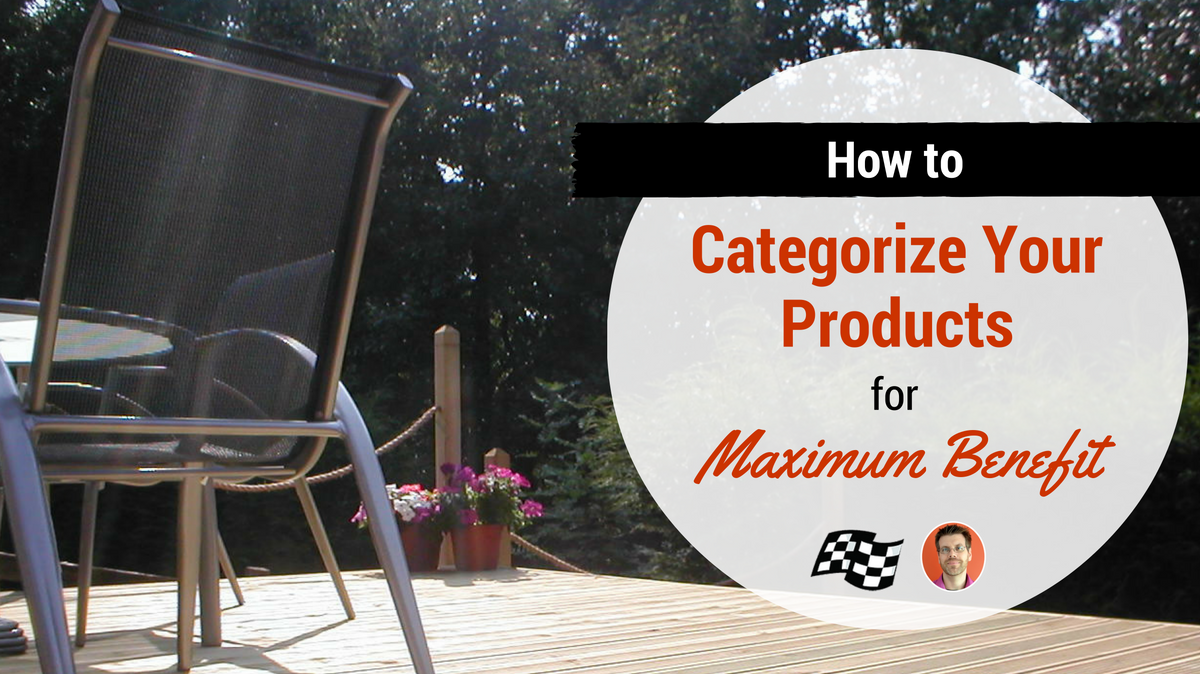
Optimizing your ecommerce products starts with proper product categorization. You would think that it’s just a matter of determining which categories each product belongs to, but it’s not quite that simple. You have to take it one step further and make sure you have the ability to assign each product a single master category.
When a product is attached to more than one product category, many ecommerce systems create a unique URL for each category for which that product is assigned. That means that one product can have multiple URLs, each of which can be found by the search engines.
This can create into a major duplicate content problem.
How Multiple URLs are Created
Let’s assume a site visitor is looking for a book on how to build a deck. They are going to need lumber, concrete, a circular saw, and a book on how to do the job. We’ll focus only on the book, which can be found by following any one of these four possible paths:
- Home > Lumber > Books> How to Build a Deck
- Home > Building Materials > Books > How to Build a Deck
- Home > Tools > Books > How to Build a Deck
- Home > Books > Decks > How to Build a Deck
This is simplified, of course, but in order to place the book in those four categories, what you will often wind up with are four different URLs:
- http://www.site.com/lumber/books/how-to-build-a-deck.html
- http://www.site.com/building-materials/books/how-to-build-a-deck.html
- http://www.site.com/tools/books/how-to-build-a-deck.html
- http://www.site.com/books/decks/how-to-build-a-deck.html
That’s four “pages” competing for placement for the same keyword search!
How to Fix It
The solution is to assign a single master category for each product, while allowing as many other categories as desired. It is this master category that determines the one and only URL for the product.
- http://www.site.com/books/decks/how-to-build-a-deck.html
It doesn’t matter how the shopper ultimately finds the product because the URL (and supporting breadcrumb trail) will default to this master category.
Unfortunately, many ecommerce systems don’t come with this function built in, which means you may have to do it yourself. Until then, there are a couple of band-aid solutions that you can implement.
Alternative Solutions to Product Category Optimziation
- Alternative 1: Remove all category classifications from the product URLs, in which case your product URLs would look something like this: http://www.site.com/products/how-to-build-a-deck-book.html rather than this: http://www.site.com/books/decks/how-to-build-a-deck.html
Notice that the category name is no longer part of the URL? And a new category has been created for all products. The drawback to this option is that, by removing product classification from the URL, you lose a small but vital search engine relevance signal.
- Alternative 2: Implement a canonical tag that points to the master URL for each product. In this case the master URL would be the one URL that uses the category you would want as the master category.
Using the canonical tag to correct duplicate URLs relies on the search engines to properly follow the instructions provided, which they may or may not do.
